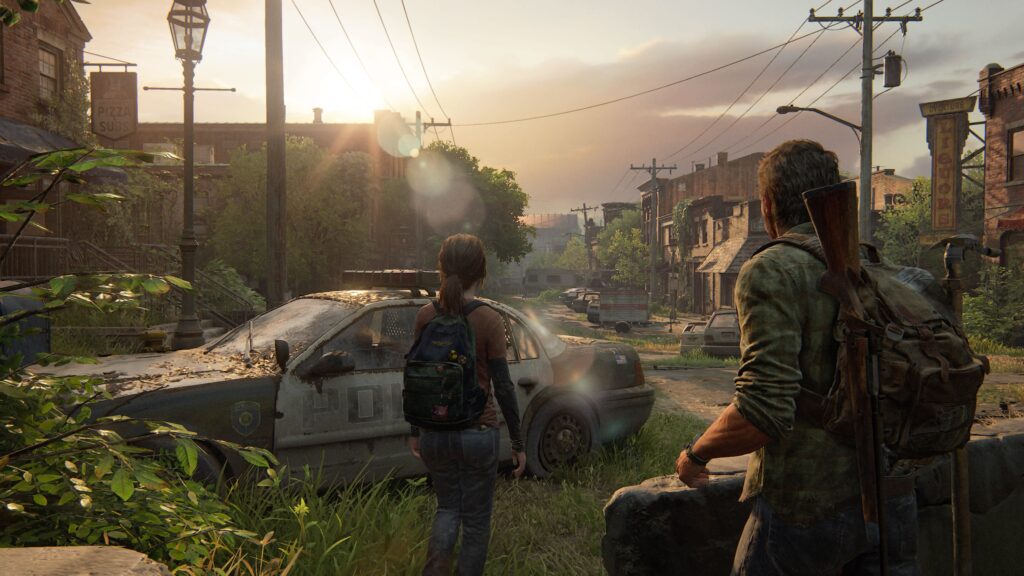The Last of Us (TLOU) first launched on the PlayStation 3 in 2013, then The Last Of Us (TLOU) was Remastered and launched on the PlayStation 4 eight years later.
With its harsh portrayal of a future America in ruins, TLOU has since justified multiple playthroughs and continues to set the bar for this kind of storytelling. The Last Of Us Part I, on the other hand, completely reimagines the game and seems like something of a definitive version.
The remake delivers astounding new levels of detail and fluidity in its entirely recreated setting, characters, and animations, making the most of the PS5’s enhanced processing power. The DualSense controller’s haptic feedback is also used in subtle, thoughtful ways, and a truly amazing range of accessibility choices is included.

Many of the modifications make the experience feel a lot more in line with The Last of Us Part II, even if you don’t care about frame rates or more realistic vegetation. That is to say, while not drastically different, the change was positive.
Although the multiplayer component from the original is absent, the end product is unquestionably the best method for lone players to enjoy this modern classic.
It has always been about the story: the quest for glimmerings of hope in a world devoid of any, and the lengths to which some individuals would go to preserve their own slice of the future, at the expense of everyone else. It’s complicated, messy, challenging to understand, and engaging in a manner that few games at the time were.
The Last of Us was already graphically spectacular and, more significantly, human enough in 2013 to entice players into the private lives of its complex characters and to elicit voyeurism with the slightest change in Ellie’s expression. It only continues to function now because it did so before.
Not everyone thinks the game needed another build, but it’s one that fans (me included) don’t mind seeing and playing all over again.